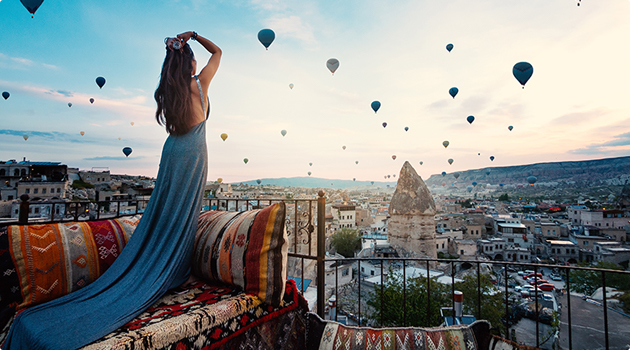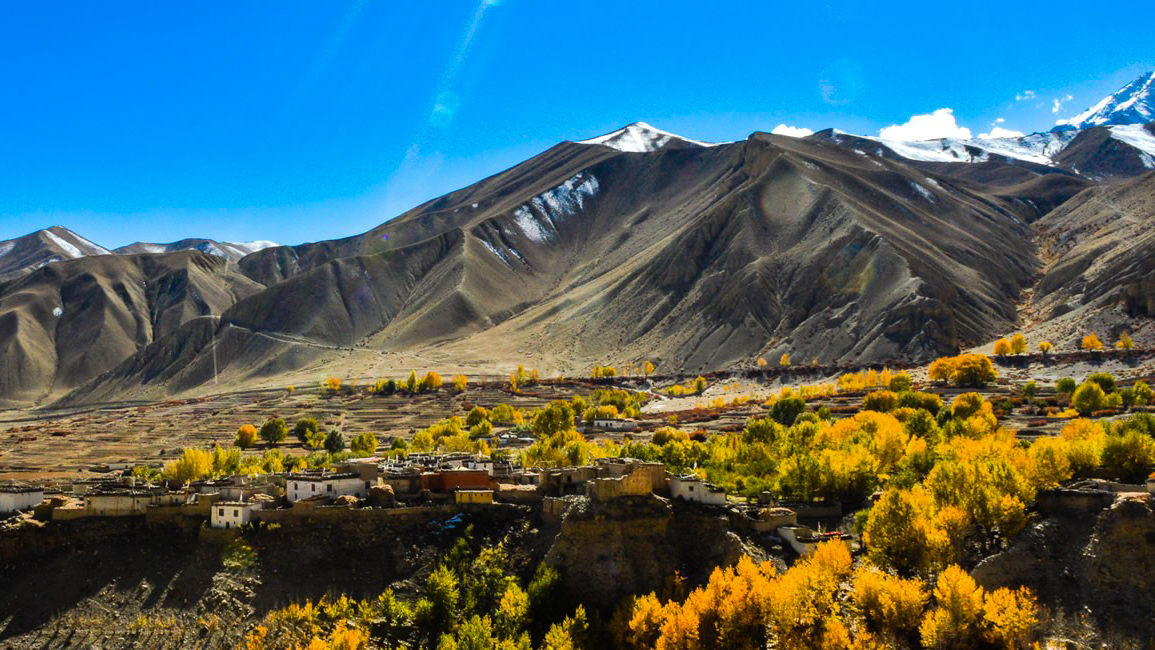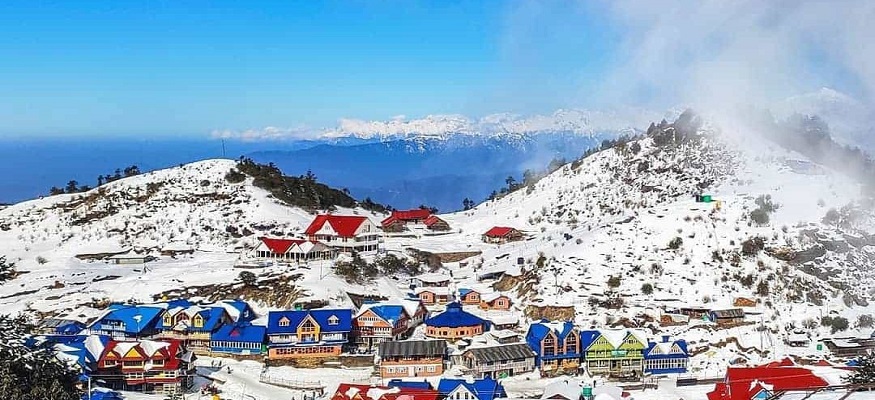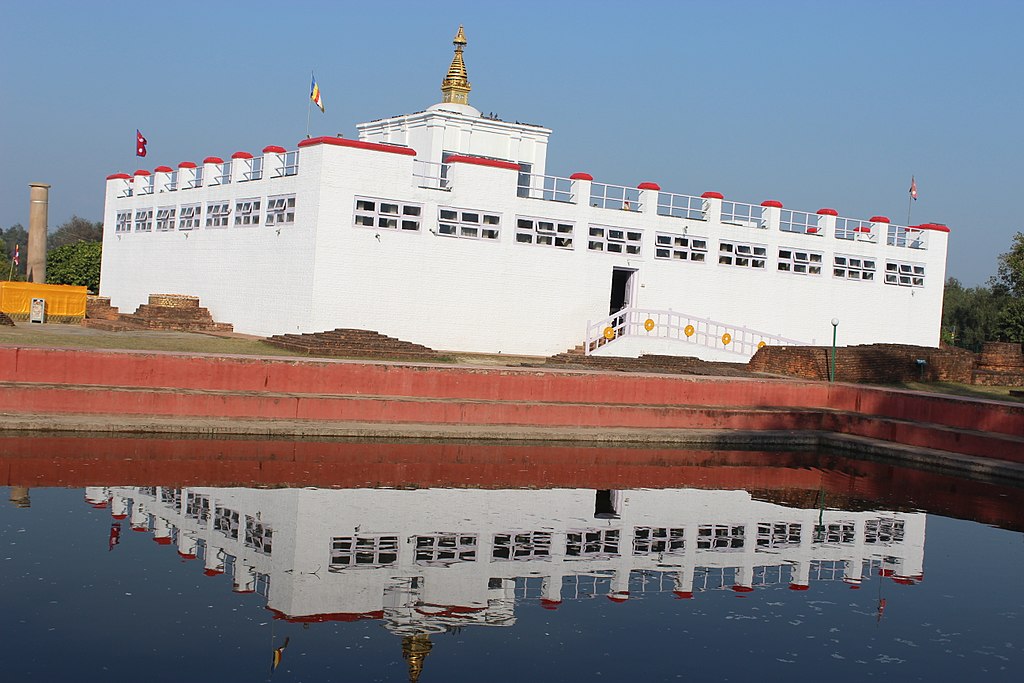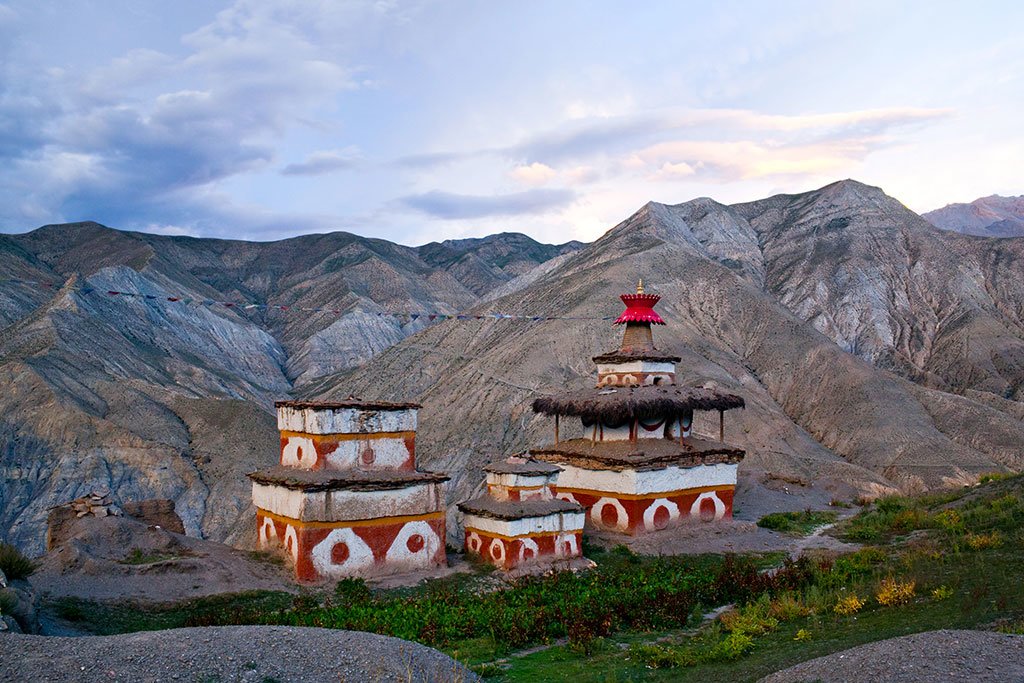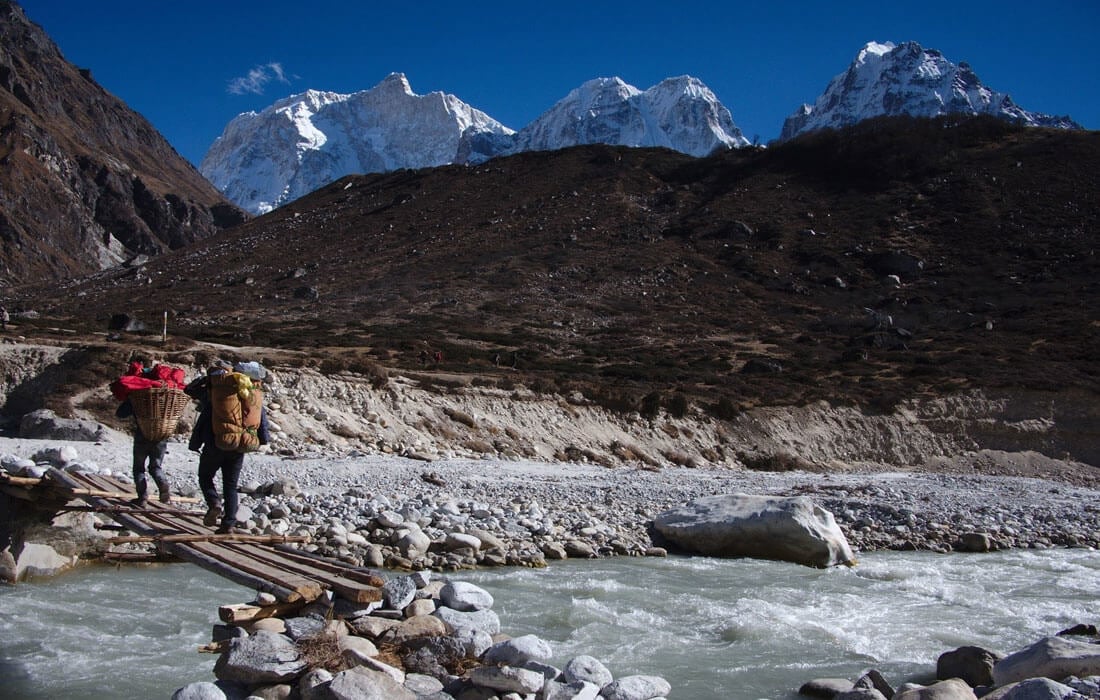 About this Trip
About this Trip
The Helambu Trek represents a perfect introduction to Himalayan trekking, offering rich cultural experiences and beautiful mountain scenery without extreme altitude or technical challenges. What makes this journey extraordinary is its accessibility, cultural richness, and the tranquility of a region that has remained relatively uncrowded despite its proximity to Kathmandu.
As you ascend from the outskirts of the Kathmandu Valley through terraced fields and into forested ridges, the landscape shifts with each day's journey. The trail meanders through pine and rhododendron forests, crosses rushing mountain streams, and connects a series of traditional villages perched spectacularly on ridgelines. The ever-changing vistas include both the nearby peaks of the Langtang range and, in the distance, the mighty Himalayan giants.
The cultural dimension of this trek is particularly special. The Helambu region is home to Hyolmo people (sometimes called Helambu Sherpa) whose distinctive culture blends elements of Tibetan Buddhism with unique local traditions. The villages you'll encounter, particularly Tarke Ghyang, Sermathang, and Melamchi Ghyang, offer glimpses into centuries-old traditions that continue to thrive. Ancient monasteries with colorful prayer wheels, intricately carved mani walls, and fluttering prayer flags create a deeply spiritual atmosphere that permeates the entire journey.
Physically, the trek challenges participants with steady uphill hiking and some steep sections, but the moderate altitude and well-maintained trails make it accessible to most reasonably fit trekkers. The comfortable teahouses that line the route provide a welcome respite each evening, offering simple but clean accommodation and hearty meals.
Perhaps most uniquely, the Helambu Trek offers a profound sense of peace and authenticity that has been diminished on more heavily trafficked routes. The relative lack of commercial development means that cultural interactions feel genuine and unhurried, creating opportunities for meaningful connection with local communities. This combination of cultural immersion, natural beauty, and accessibility creates an adventure that perfectly balances challenge with comfort.
The Helambu Trek represents a perfect introduction to Himalayan trekking, offering rich cultural experiences and beautiful mountain scenery without extreme altitude or technical challenges. What makes this journey extraordinary is its accessibility, cultural richness, and the tranquility of a region that has remained relatively uncrowded despite its proximity to Kathmandu.
As you ascend from the outskirts of the Kathmandu Valley through terraced fields and into forested ridges, the landscape shifts with each day's journey. The trail meanders through pine and rhododendron forests, crosses rushing mountain streams, and connects a series of traditional villages perched spectacularly on ridgelines. The ever-changing vistas include both the nearby peaks of the Langtang range and, in the distance, the mighty Himalayan giants.
The cultural dimension of this trek is particularly special. The Helambu region is home to Hyolmo people (sometimes called Helambu Sherpa) whose distinctive culture blends elements of Tibetan Buddhism with unique local traditions. The villages you'll encounter, particularly Tarke Ghyang, Sermathang, and Melamchi Ghyang, offer glimpses into centuries-old traditions that continue to thrive. Ancient monasteries with colorful prayer wheels, intricately carved mani walls, and fluttering prayer flags create a deeply spiritual atmosphere that permeates the entire journey.
Physically, the trek challenges participants with steady uphill hiking and some steep sections, but the moderate altitude and well-maintained trails make it accessible to most reasonably fit trekkers. The comfortable teahouses that line the route provide a welcome respite each evening, offering simple but clean accommodation and hearty meals.
Perhaps most uniquely, the Helambu Trek offers a profound sense of peace and authenticity that has been diminished on more heavily trafficked routes. The relative lack of commercial development means that cultural interactions feel genuine and unhurried, creating opportunities for meaningful connection with local communities. This combination of cultural immersion, natural beauty, and accessibility creates an adventure that perfectly balances challenge with comfort.

From $0
Price Varies from Group Size
Success
Here goes about why the success toast occurred.
 Itinerary
Itinerary
Arrival in Kathmandu (1,400m)
Kathmandu to Sundarijal (1,350m) to Chisapani (2,215m)
Chisapani to Kutumsang (2,470m)
Kutumsang to Tharepati (3,650m)
Tharepati to Tarke Ghyang (2,590m)
Tarke Ghyang to Sermathang (2,610m)
Sermathang to Melamchi Pul Bazaar (846m)
Melamchi Pul Bazaar to Kathmandu
Departure from Kathmandu
 Services
Services
Includes
- Experienced English-speaking trekking guide
- Transportation between Kathmandu and trailheads (Sundarijal and Melamchi Pul Bazaar)
- Daily meals on the trek: breakfast, lunch, and dinner
- Teahouse accommodation throughout the trek
- Porter service (1 porter for every 2 trekkers)
- All necessary trekking permits, including Shivapuri National Park entry fee and TIMS card
- Staff insurance, equipment, and wages
Excludes
- Additional accommodation due to early return or unexpected delays
- Comprehensive travel and medical insurance for the trek
- Gratuities for the guides, porters, and trekking support staff
- International flights and entry visa fees for Nepal
- Personal trekking equipment and gear (sleeping bags, jackets, etc.)
- Extra food and drinks beyond the standard meals provided
- Hot showers and battery charging at teahouses (available for additional fees)
 Reviews
Reviews
 FAQs (Frequently Asked Questions)
FAQs (Frequently Asked Questions)
Your queries are answered.
Is altitude sickness a concern on this trek?
The moderate elevation profile of the trek significantly reduces altitude sickness risks compared to higher treks. The maximum altitude at Tharepati Pass (3,650m) is below the elevation where most people experience serious altitude-related problems. Nevertheless, trekkers should still ascend gradually and be aware of symptoms.
Can I do this trek independently or do I need a guide?
Independent trekking is permitted in the Helambu region, and the well-marked trails make it feasible for experienced trekkers. However, hiring a guide is recommended for safety, cultural insights, and to support the local economy. A porter can also make the journey more enjoyable by carrying your main pack.
What is the best time of year for this trek?
March to May and October to November offer the best conditions. Spring features spectacular rhododendron blooms and warmer temperatures, while autumn provides the clearest mountain views. Winter (December-February) can be cold but generally remains passable with proper equipment. The monsoon season (June-September) brings leeches, slippery trails, and obscured views, making it the least favorable time.
How does the Helambu Trek compare to other popular treks in Nepal?
Compared to the Everest Base Camp or Annapurna Circuit treks, Helambu is shorter (typically 5-7 days of actual trekking), reaches lower maximum altitudes, and is logistically simpler due to its proximity to Kathmandu. It offers excellent cultural experiences and beautiful (though less dramatic) mountain views with significantly fewer crowds and lower costs.
What type of accommodation can I expect?
Comfortable teahouses exist throughout the route, offering basic but clean private rooms, dining areas with stoves for warmth, and simple bathroom facilities. Most teahouses now offer solar hot showers and electricity for charging devices (usually for an additional fee). The teahouses in larger villages like Tarke Ghyang and Sermathang often have more amenities than those in smaller settlements.
How reliable is the WiFi and phone connectivity?
Basic mobile network coverage extends to most parts of the trek, though it can be unreliable in valleys and remote sections. Many teahouses offer WiFi for an additional charge, though connection speeds are generally slow. It's advisable to download offline maps and essential information before departing.
What is special about the local culture in Helambu?
The Helambu region is home to the Hyolmo people, who are closely related to Sherpas but have developed distinct cultural traditions. Their villages feature beautiful traditional architecture, important Buddhist monasteries, and unique customs that blend Tibetan Buddhist practices with local traditions. The region is also famous for its apple orchards and distinctive cuisine.
How much should I budget for the trek?
Beyond the package cost, budget approximately $10-20 per day for any additional expenses such as hot showers, device charging, snacks, bottled beverages, and tips. Prices are generally lower than in more popular trekking regions due to easier access and supply routes.
Is the Helambu Trek suitable for families with children?
This is one of Nepal's most family-friendly treks, suitable for families with children aged approximately 10 and older who have some hiking experience. The moderate altitudes, relatively short daily walking distances, and comfortable teahouses make it appropriate for multi-generational trekking groups.
How physically fit do I need to be?
Basic fitness is sufficient for this trek. Being able to walk 5-6 hours daily with a light daypack over varied terrain is adequate preparation. Including some uphill walking in your pre-trek training is beneficial, particularly for the climb to Tharepati, but specialized training is not necessary for most people.
